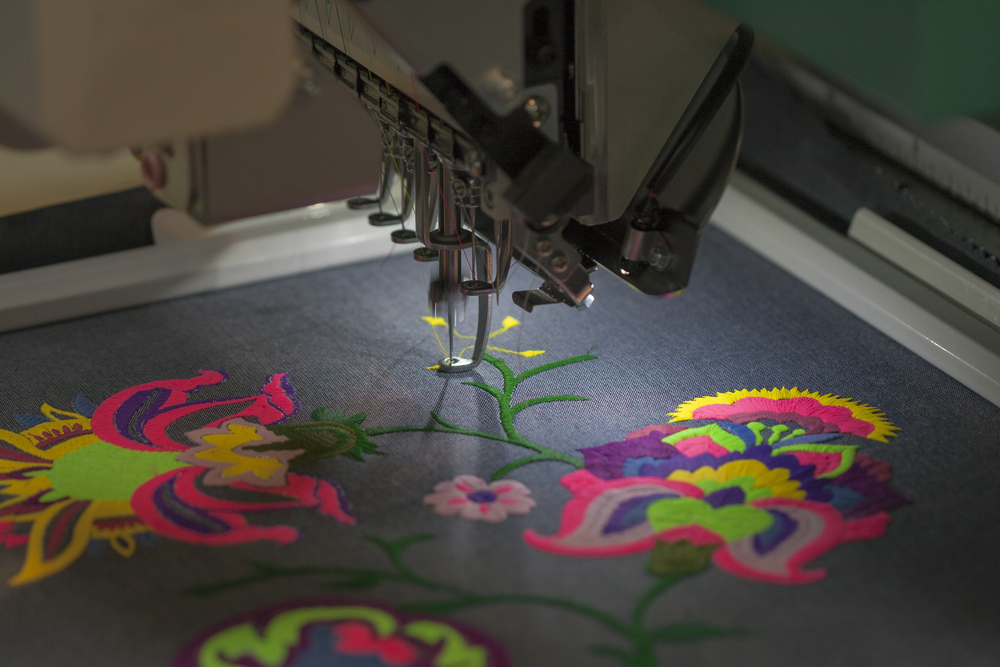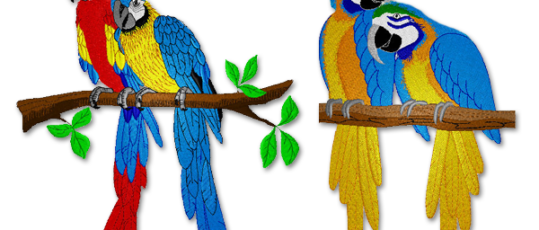Specialist Digitizing for Embroidery: Quick and Reliable Service
Wiki Article
Grasping the Needlework Digitizing Refine: Your Ultimate Guide
Needlework digitizing is a thorough craft that requires precision and expertise to equate complex layouts into digital styles for equipment needlework. As artisans start this journey to master the embroidery digitizing process, a comprehensive understanding of the essentials sets the structure for quality. Nonetheless, beyond the primary understanding lies a realm of advanced software, specialized devices, and nuanced methods waiting to be discovered. By delving into the nuances of digitizing, one can unlock a world of creative possibilities and elevate their needlework tasks to brand-new elevations.
Understanding Needlework Digitizing Basics
Embroidery digitizing basics form the foundation upon which intricate designs are translated into machine-readable formats for accurate stitching. This preliminary action in the needlework digitizing procedure is critical for guaranteeing that the last embroidered item is a loyal representation of the initial style. Comprehending needlework digitizing fundamentals involves understanding essential concepts such as stitch types, stitch direction, density, padding, and draw compensation.Sew types play an essential duty in figuring out the aesthetic and textural end result of the embroidered design. By selecting the suitable stitch type, whether it be satin, fill, or running stitch, digitizers can attain the wanted result and improve the general high quality of the needlework. In addition, stitch instructions affects the circulation and measurement of the style, while density figures out the spacing and protection of the stitches.
Moreover, padding sewing offers stability to the style by securing the material and avoiding distortion throughout the embroidery procedure. Pull settlement is one more vital consideration to neutralize the all-natural tendency of fabric to agreement when stitched. Understanding these needlework digitizing fundamentals is essential for developing professional-quality stitched products.
Picking the Right Digitizing Software Program
Picking the suitable digitizing software program is a crucial decision that dramatically impacts the efficiency and high quality of the embroidery digitizing procedure. Digitizing for Embroidery. When selecting the appropriate digitizing software, it is important to think about aspects such as the intricacy of layouts you intend to develop, the user-friendliness of the software program, the level of customer support offered, and the compatibility with your embroidery deviceThere are different digitizing software application alternatives readily available in the marketplace, varying from basic programs for beginners to advanced software program for specialist digitizers. Some preferred selections consist of Wilcom EmbroideryStudio, Hatch Needlework Software Application, and PulseID. These software application bundles use a variety of devices and attributes to assist you develop intricate layouts with convenience.
Prior to making a choice, it is suggested to discover the various software application choices with totally free trials or demonstrations to identify which one best matches your demands. In addition, checking out evaluations and seeking recommendations from skilled digitizers can provide valuable understandings right into the staminas and weaknesses of each software plan (Digitizing for Embroidery). By meticulously evaluating your needs and comparing the attributes of various digitizing software, you can make an informed option that improves your needlework digitizing operations
Digitizing Devices and Methods

Optimizing Layout Settings for Embroidery
Mastering the details of style setups is fundamental in attaining optimal outcomes in the needlework more info here digitizing process, structure upon the foundation laid by recognizing digitizing tools and methods. When optimizing style setups for needlework, it additional info is vital to consider elements such as stitch kind, density, padding, pull settlement, and registration. Enrollment settings straighten different aspects of the layout accurately, keeping total style integrity.
Troubleshooting Common Digitizing Issues
When running into typical digitizing concerns during the embroidery process, it is vital to recognize the source and carry out reliable services without delay. One common issue is stitch density problems, where stitches might be as well thick, creating the material to tighten, or too thin, causing gaps in the design. Readjusting the stitch density setups in the digitizing software application can help settle this concern.One more constant obstacle is thread breaks during the needlework process. This can happen as a result of different factors such as incorrect stress settings, plain needles, or using low-grade string. Guaranteeing appropriate upkeep of the embroidery maker, including routine needle changes and stress modifications, can lessen the occurrence of thread breaks.
In addition, layout registration errors can cause misaligned aspects within the embroidery style. Examining the style placement in the digitizing software application and making essential adjustments before sewing can help in avoiding Related Site this problem. By attending to these usual digitizing issues immediately and effectively, you can make certain a smoother embroidery process and top notch finished products.
Final Thought
In final thought, understanding the needlework digitizing procedure requires a strong understanding of the essentials, the appropriate selection of software program, and knowledge of devices and strategies. Maximizing layout setups and repairing common digitizing issues are crucial action in ensuring top quality embroidery results. By following these steps vigilantly, one can attain accuracy and effectiveness in the digitizing process.Report this wiki page